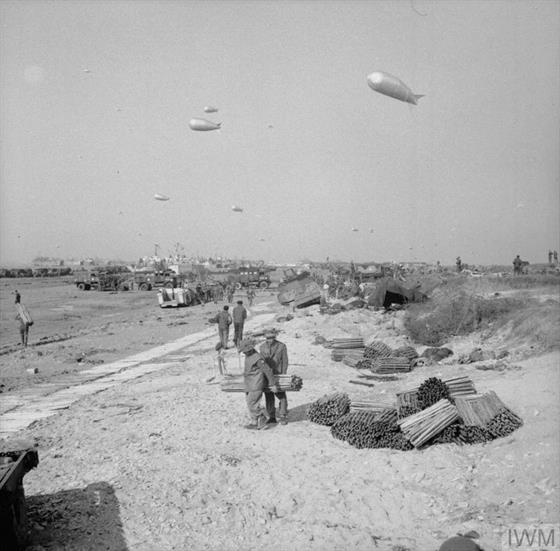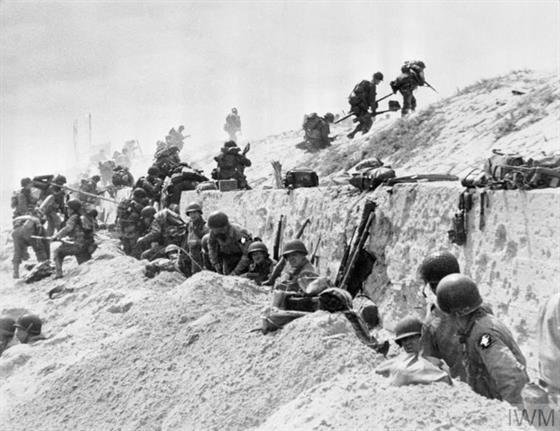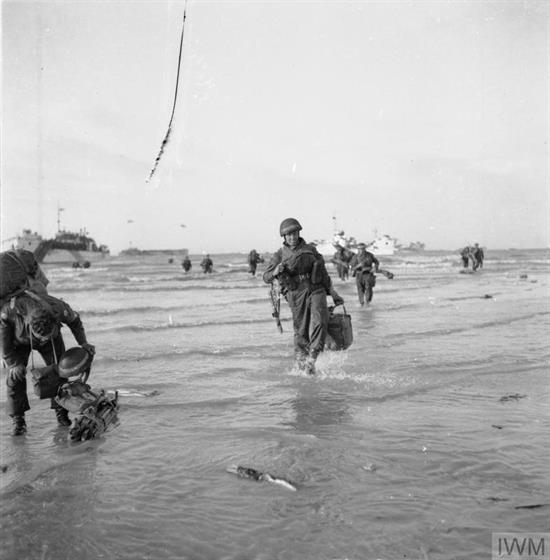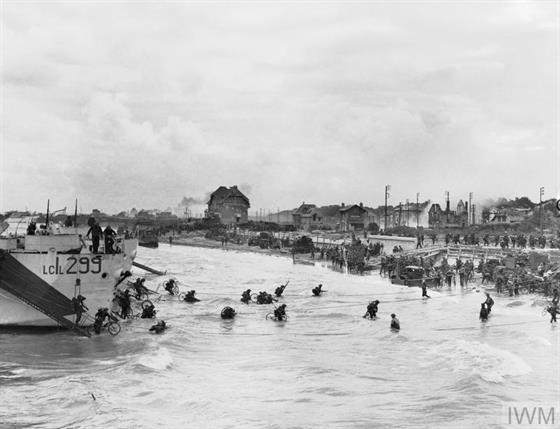In this session you will learn about the Second World War and the service and sacrifice given by people from Britain, the Commonwealth and Allied nations. People from across the world served alongside each other in defence of the values and freedoms we have today.
Watch our short video tour and explore three of the memorials at the Arboretum:
After you have taken your tour, test your knowledge by answering the questions below.
The Second World War took place between 1939 and 1945 and included countries from across the world. On the one side were the Allies which, at the beginning of the war, included Britain, France, and Poland as well as Commonwealth countries. Later in the war, more countries joined the Allies including the Soviet Union and the USA. On the other side, were the Axis Powers, led by Nazi Germany, Italy, and Japan. During the war other countries joined the Axis including Hungary, Romania and Bulgaria.
The Second World War began in Europe on 1 September 1939 when Germany invaded Poland. It ended in 1945. In Europe the war ended on 8 May 1945 when Nazi Germany surrendered on a day known as Victory in Europe Day (VE Day). The conflict continued for another three months in the Far East until Victory over Japan Day (VJ Day) on 15 August 1945.
In these activities you will learn about three pivotal events in the Second World War: D-Day, the Battle of Monte Cassino and the Battles of Kohima and Imphal. Each of these events required many countries to work together to turn the tide of the war.




Many people who lived in countries occupied by German forces volunteered to serve alongside Britain and its allies, dedicated to freeing their homelands from Nazi control. The Free French Army was one group who served alongside the Allied nations.
Leon Gautier, a Free French Commando in the Free French Army, landed on Sword beach on D-Day. Gautier faced shells and bullets, being fired by the German forces, and had to run across a beach covered in landmines. Eventually, he and the Free French Army and their allies pushed back the German army.
“Only 24 of us finished the campaign without being wounded, 24 out of 177. When you lose your friends, it’s very hard. I had a friend I knew since 1941. We went to the commandos together, did the training together, and when you lose them you’re heartbroken. I feel I did my job. My duty. That’s all.” - Leon Gautier
The boats and ships that landed on 6 June were accompanied by aircraft which played a crucial part in the landings. Piloting an aircraft was an extremely dangerous task and required a huge amount of bravery.
In the early hours of 6 June, George Oliver skilfully flew to France, navigating treacherous skies, and landed paratroopers in the country to aid the invasion.[1]
“The butterflies disappeared as soon as I started the engines up, I was so absorbed with what I had to do that I felt ok.” - George Oliver
1. Imperial War Museum Sound Archive [IWMSA], Ref: 28897, G.R. Oliver, Oral History (2006), (Extracts)
1. What do you think was the main reason that the D-Day landings in Normandy were successful and why?

Well done! You have completed your first Working Together in World War Two Session. Begin session two to learn more about the Second World War and the service and sacrifice given by people from Britain, the Commonwealth and Allied nations.